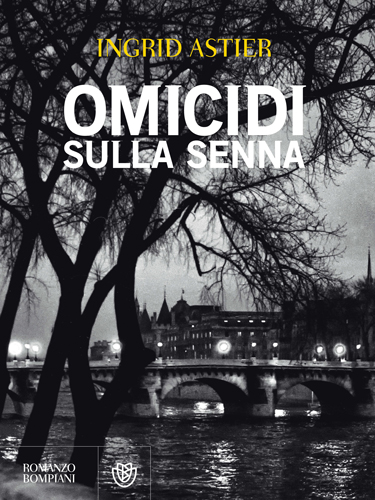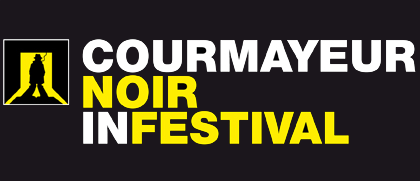NEWS
PROGRAM
FILMS
BOOKS
Scerbanenco
Conversations
Chandler Awards
EVENTS
CHANDLER AWARDS
GALLERY
On a cold December night, a boat runs aground
by the Seine, under the windows of the police headquarters in Paris at 36, Quai
d'Orsay. Christmas may be coming, but the only present in this boat is the body
of a young woman with no I.D., wrapped in a white sheet. Jo Desprez, the police
chief in charge of the investigation, has a personal interest in this case,
since the only clue by the victim's body is the visiting card of a famous
Parisian perfumer who is Jo's close friend. The theatrical delivery of the body
suggests more bodies may be coming, and they do, all in the same way: beautiful
victims who wash up on the banks of the Seine, which, from being a symbol of
romantic Paris, morphs into a metaphorical Styx. Now the police have to stop
the ruthless Charon who has sullied the storied river's reputation and dimmed
its appeal.
Ingrid Astier (1976, Clermont-Ferrand), grew up in Burgundy
and now lives in Paris, near the Seine. For Astier, writing is highly demanding
and time-consuming, almost a profession of faith. It takes her three years to
research each book, with ethnographic precision; for this one she delved into
the worlds of Paris' river police, the homeless along the river, its fishermen
and their clans, and the gangs from the banlieues. The result is vivid
characters like Simenon's and writing that keeps you
glued to the page. Her first novel, Quai
des enfers, won the Grand Prix Paul-Féval for popular fiction in 2010, as
well as the Prix Polar en plain coeur, the Prix Lafayette and the Prix
de la Goute de sang. Her next two novels, Angle
mort and Petit éloge de la nuit,
have come out, like the first, in Gallimard's prestigious Série Noire.
PHOTOGALLERY HIGH RES
 |
|
|
PROGRAM
10/12/2014 h 11:00: Jardin de l'Ange presented by John Vignola
|

